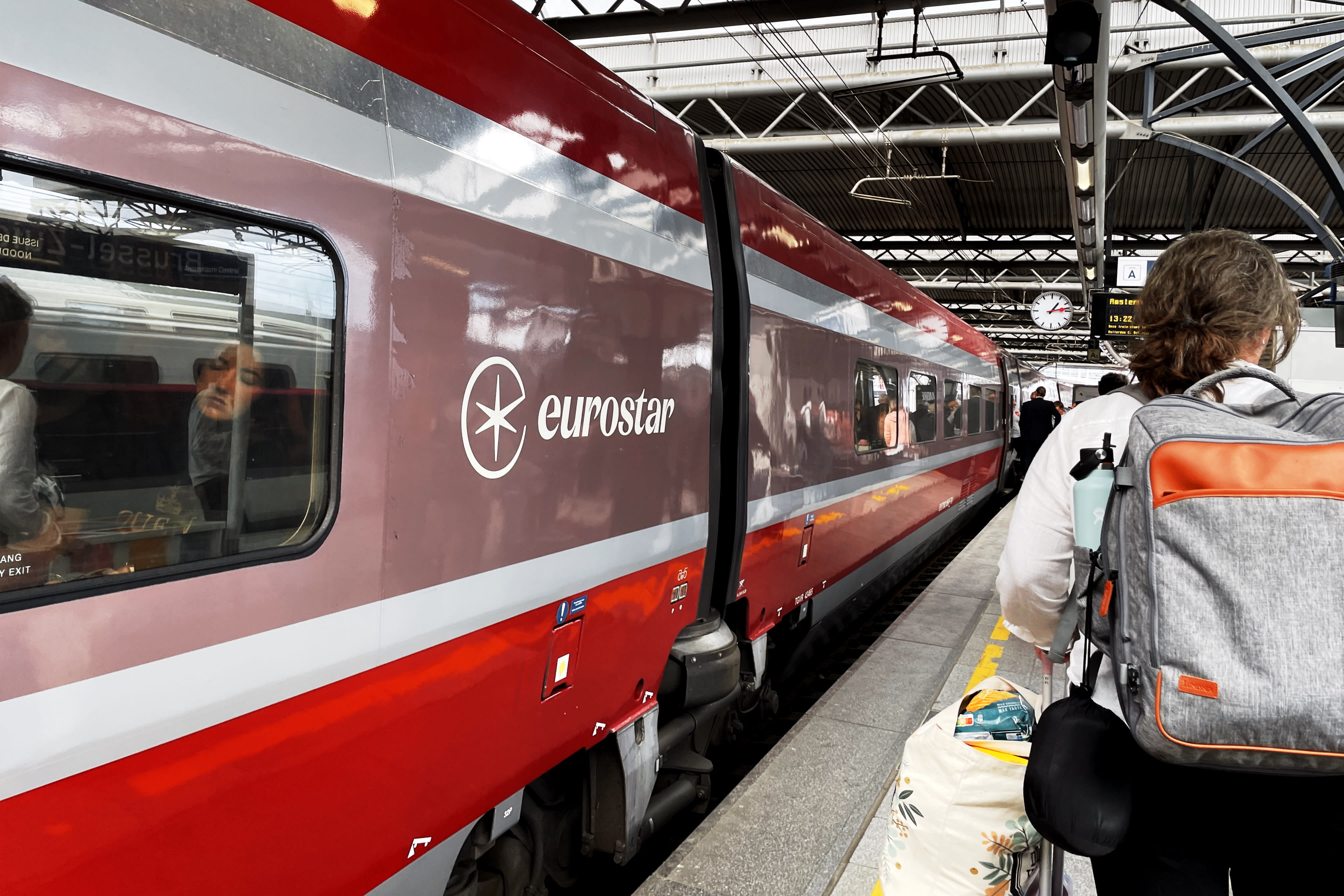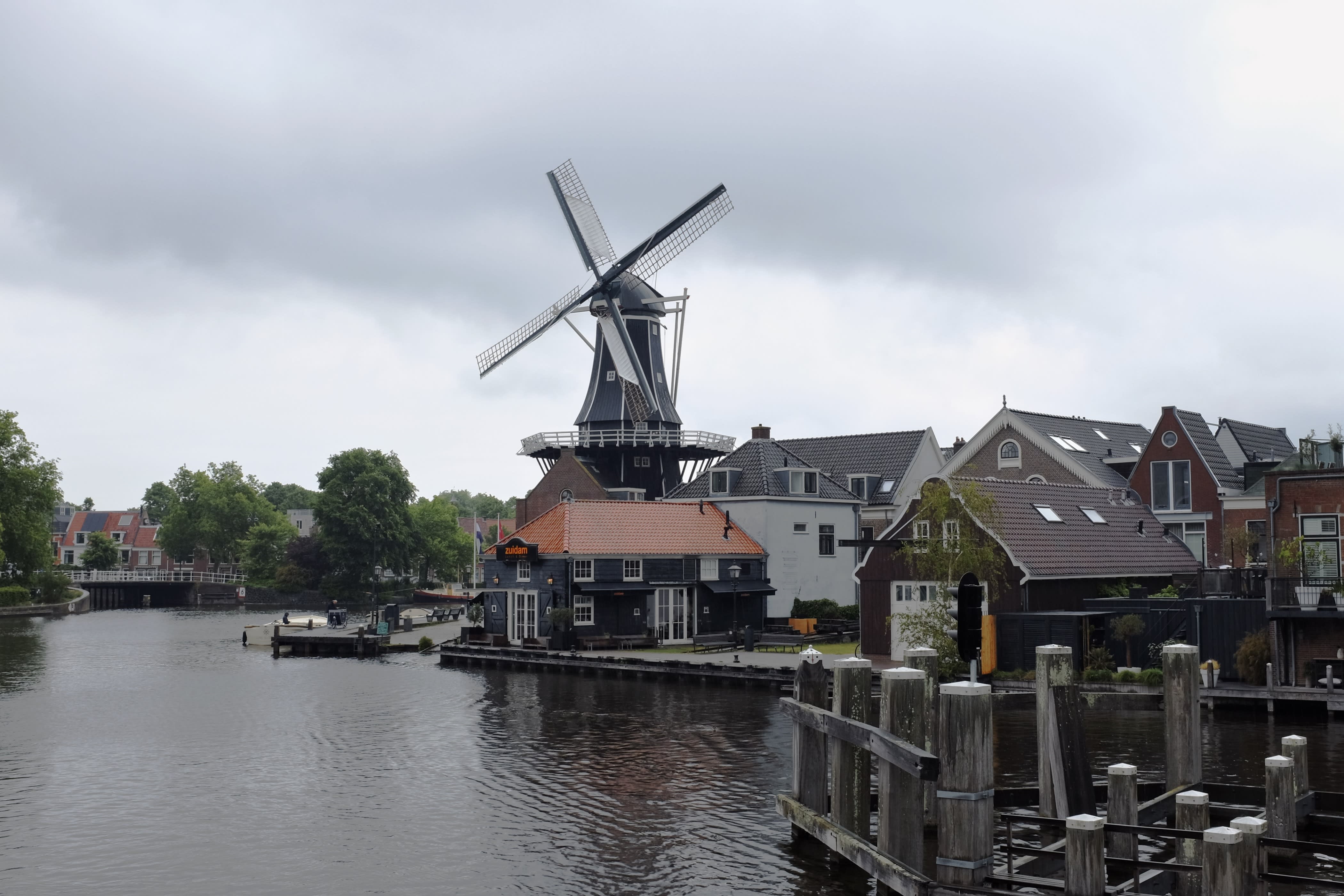Travelling to Europe has been seen as a luxury from an East Asian point of view. It requires longer annual leaves and costs more than travelling within Asia. But being based in the UK changes the game. The cost, both in time and money, drops drastically.
As my funemployment days has almost come to an end, we decided to travel to mainland Europe before I rejoin the workforce. The Netherlands became the first mainland Europe country I visited (technically Belgium was first) because:
- The Dutch have a very high level of English proficiency.
- The Netherlands is a potential option for my future career outside the UK (due to pt. 1).
- Eurostar runs directly from/to Amsterdam.
- My girlfriend’s friend lives there.
When planning our trip to Edinburgh back in January, we chose the train over the plane. This time, we did the same. Despite Eurostar tickets costing more than twice as much as a flight, the consistency, comfort and ease of the journey, especially the smooth security check, made it worth it. A bonus this time: we had an hour to walk around in Belgium while waiting for the connecting train to Amsterdam.

Route: London → Brussel (1 hr) → Amsterdam → Haarlem → Eindhoven → Amsterdam → London
I had read plenty about cycling in the Netherlands before the trip. Bikes are the main mode of transport there, not just a sport or leisure activity. The country has heavily invested in cycling infrastructure, including dedicated bikes lanes. Cyclists have the highest priority other than the emergency vehicle.
As a pedestrian, that made crossing roads a bit tricky, especially in Amsterdam, where cyclists can be quite aggressive.
You can’t believe how deep the cycling culture until you see it yourself. It rained for 4 of the 5 days we were there. In Hong Kong and London, you’d expect fewer cyclists in bad weather. But in the Netherlands, people were still rading, regardless how wet the seats were.
“Beware of pickpockets” was the most frequent warning while researching Amsterdam. It’s different from London, where we hear more about phone snatching. I actually encountered 2 suspicious people near Amsterdam Centraal Station. Thankfully, I kept my “yellow alert” on and avoided any troubles. Staying cautious definitely paid off.

We decided to go to Haarlem instead of Zaanse Schans to avoid active pickpockets.
Eindhoven was the highlight of this trip. It’s not a typical tourist destination, but since my girlfriend’s friend lives there, we had then chance to explore it from a local angle. Before planning the trip, I had no idea that Philips, the lighting and electronic giant, is headquartered in Eindhoven. We visited the Philips Museum, which turned out to be quite interesting. I learned more about Philips and how it has contributed to Eindhoven’s economy.
Due to its historical reason, there doesn’t seem to be much in the way of traditional Dutch crusine. There are Dutch snacks like stroopwafels and bitterballen. I love stroopwafels, though I still prefer shortbread overall.

Place a stroopwafel on a cup of coffee or tea. What a smart way to eat it.
On the other hand, the international food in the Netherlands is much better than what you typically get in the UK. Our first meal was ramen, which I’d normally avoid in London. We also had French crêpes and Chinese dim sum. The dim sum was very authentic, just like what we’d have in Hong Kong. And, of course, there was none of the usual “sweet and sour chicken” or greasy takaway boxes you often find in Westernised Chinese food.
Living in the UK means I can’t travel to Japan as easily as I could from Hong Kong, but it opens up access to an entirely different set of destinations. With so many interesting places nearby, including Europe’s microstates, there’s plenty to explore.
This trip to the Netherlands marked the end of my funemployment chapter. A new adventure is just about to begin.


